 Personally, I don't really get the numerous canonizations and beatifications that occurred during the JP2 years. When I think of saints as the term is normally used, I think of the greats such as St. Athanasius, St. Leo the Great, St. Thomas Aquinas etc. Those universally recognized as saints. But the Scriptures and the Church calls each and every one of us to be saints. That is the Universal Call to Holiness that is one of the better ideas to be emphasized by Vatican II.
Personally, I don't really get the numerous canonizations and beatifications that occurred during the JP2 years. When I think of saints as the term is normally used, I think of the greats such as St. Athanasius, St. Leo the Great, St. Thomas Aquinas etc. Those universally recognized as saints. But the Scriptures and the Church calls each and every one of us to be saints. That is the Universal Call to Holiness that is one of the better ideas to be emphasized by Vatican II.
When we put the canonized saints, our elder brothers and sisters in Christ who now sleep and are alive in Him on too high a pedestal, we sometimes lose sight of their humanity in the radiant luminosity of their halos. That that perceived distance makes us lose heart that we can ever be like them, ever achieve their level of holiness and sanctity, ever become saints ourselves.
 And that's sad, for they, like us, are human. The difference being that they have cooperated with the grace of God working through them and have let the light of Christ shine through them (like stained glass!). They too have their faults and their temptations are no less numerous than ours nor easier to resist. Their triumph through the grace of God should inspire us who are still running the race and not serve to discourage us.
And that's sad, for they, like us, are human. The difference being that they have cooperated with the grace of God working through them and have let the light of Christ shine through them (like stained glass!). They too have their faults and their temptations are no less numerous than ours nor easier to resist. Their triumph through the grace of God should inspire us who are still running the race and not serve to discourage us.
That's where the 'little' saints come in. Those who are unknown to us, maybe, but serve as a reminder within their own particular communities what God's grace can achieve when we but cooperate. It makes sainthood less daunting and less remote and less unreachable for them. It's their local boy done good.
 I guess that's where this beatification, like the many many others during the long reign of JPII makes sense. It makes the saints accessible and the promise of sainthood, achievable and gives the local Christian community something within their grasp to strive to achieve and shows that good can come from anywhere, be it Nazareth or even Chimpay.
I guess that's where this beatification, like the many many others during the long reign of JPII makes sense. It makes the saints accessible and the promise of sainthood, achievable and gives the local Christian community something within their grasp to strive to achieve and shows that good can come from anywhere, be it Nazareth or even Chimpay. May this be a reminder to us that sainthood can be achieved anywhere, by anyone, even us, with the grace of God. Hey, even St. Anthony and St. Theresa had to start somewhere.
May this be a reminder to us that sainthood can be achieved anywhere, by anyone, even us, with the grace of God. Hey, even St. Anthony and St. Theresa had to start somewhere.
From AFP
CHIMPAY, Argentina (AFP) - Tens of thousands of faithful turned out Sunday to witness a ceremony honoring Ceferino Namuncura, the first indigenous South American to be beatified by the Roman Catholic Church.
"Ceferino is blessed," proclaimed Cardinal Tarcisio Bertone, deputy of Pope Benedict XVI, drawing a thundering ovation from the crowd of onlookers that swelled to 120,000 people for the event, police said.
More than a century after his death in Rome, Namuncura -- the son of a Mapuche Indian chief who fought the European settlers in the late 19th century -- became the first person to be beatified outside the Vatican, organizers said.
The ceremony took place in this southern Patagonia town 1,000 kilometers (600 miles) south of Buenos Aires.
"The Gospel never destroys the values in a culture, but assimilates them and perfects them," said Bertone, adding that Namuncura "never forgot he what it was to be native and tried to be useful to his people."
Often the first step toward sainthood, beatification is a long process, which in Namuncura's case began in 1944 and culminated in a "miracle" in 2000, when a young Argentine girl was allegedly cured of uterine cancer after praying to him.
Pope Benedict XVI officially certified Namuncura's miracle in July, opening the path to beatification.
The miracle girl, Valeria, her husband and three children were among those who gathered for the beatification ceremony Sunday.
Bertone, the Vatican's secretary of state, celebrated the beatification mass, which was also attended by Buenos Aires archbishop Cardinal Jorge Bergoglio, some 50 bishops from Argentina and Latin America, and by Namuncura's descendants.
Born August 26, 1886, Ceferino Namuncura was the son of legendary Mapuche chief Manuel Namuncura who, after years of fighting the military and white encroachment surrendered on the advice of a Salesian monk who baptized his son when he was eight.
Ceferino studied at a religious school in Buenos Aires, "so he could be of service to his race" according to historians, and as a priest became renown for his unswerving faith.
He was presented to then Pope Pius X in Rome in 1904, but succumbed to tuberculosis a year later. His remains were taken back to Argentina in 1924 and laid to rest in Buenos Aires.
![[Unam Sanctam]](https://blogger.googleusercontent.com/img/b/R29vZ2xl/AVvXsEiymQ2adTjpZ1ABhPBbBBquiPCxeQrc4Jy_97vOikT0wGQeJleriiXQy6ebnb0jrYe-TfvcK77txStB4aIwVAdD41ZdMkVfNtFGC0JX6LBV9B8mfeRZaIAM7Sj-011ag3DiKQzv/s1600/headerdivinemercy.jpg)



















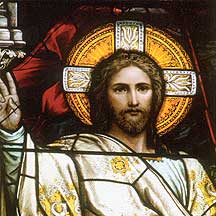
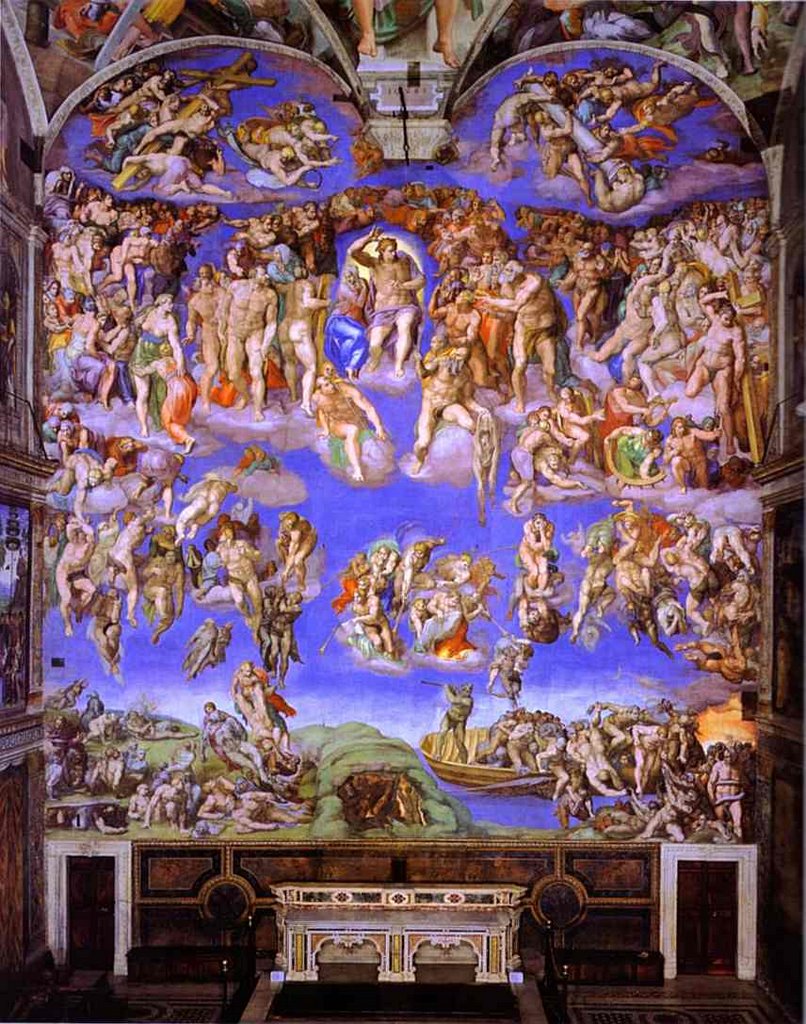


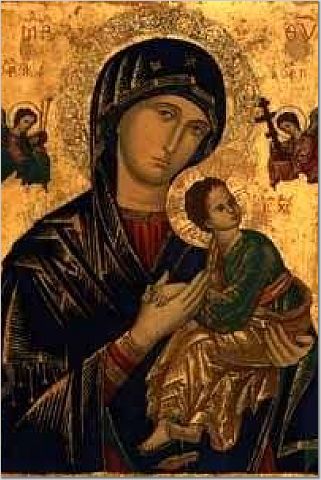



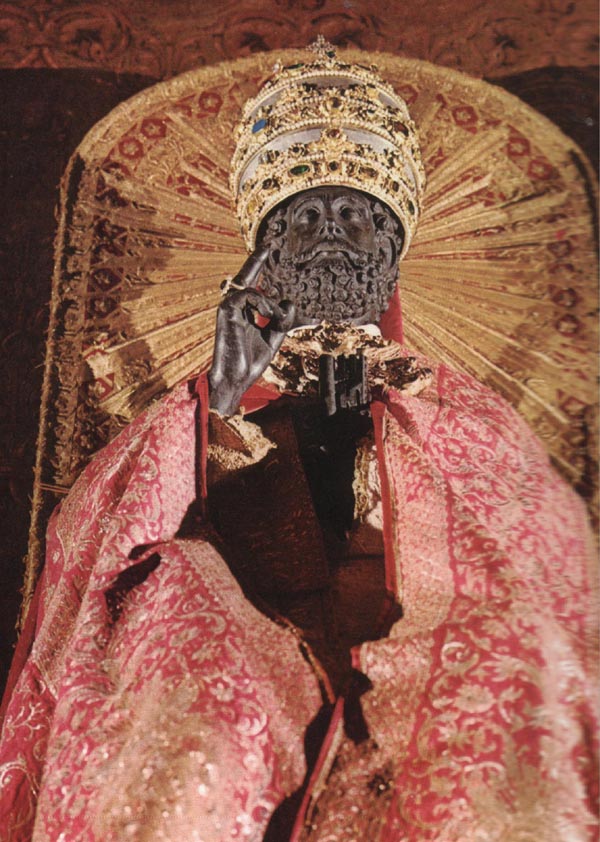
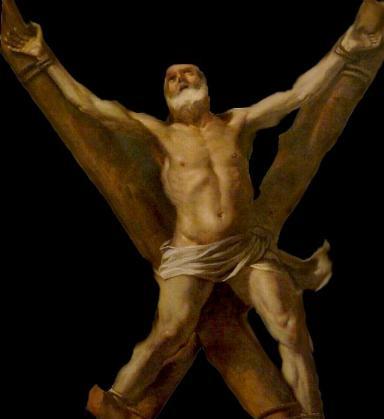

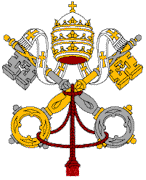


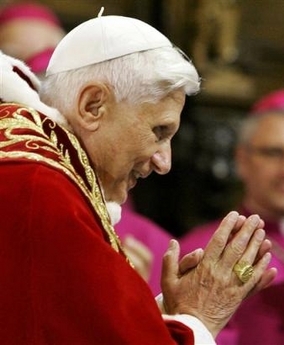






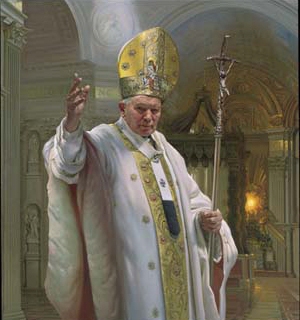
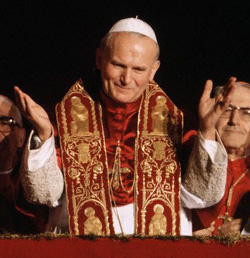
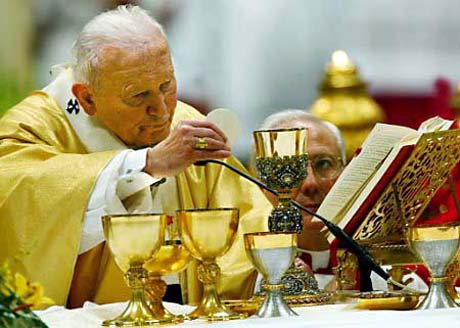
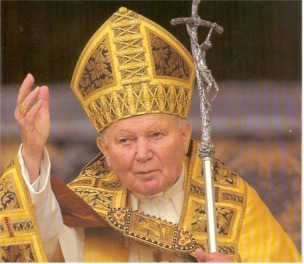






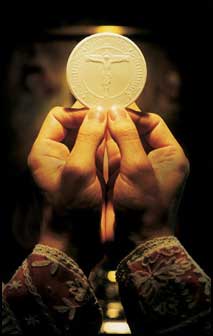
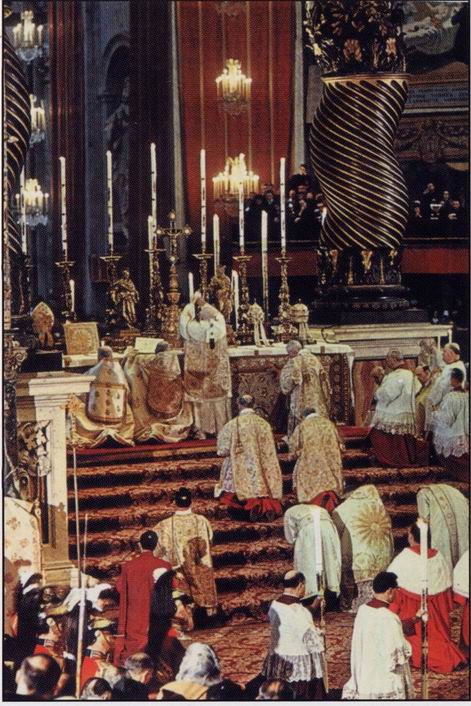

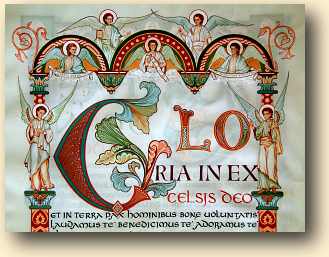

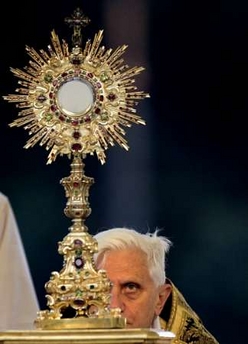


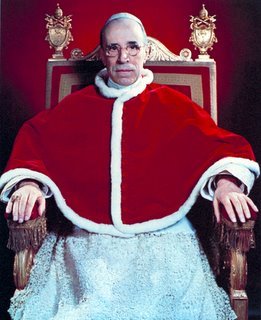




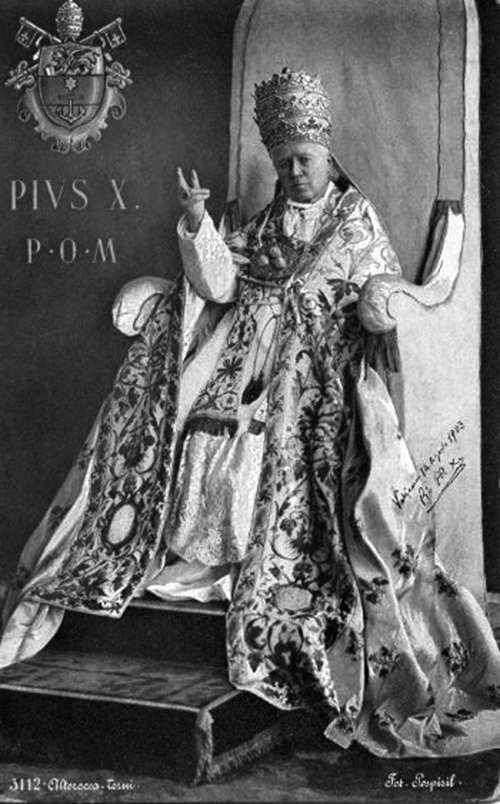



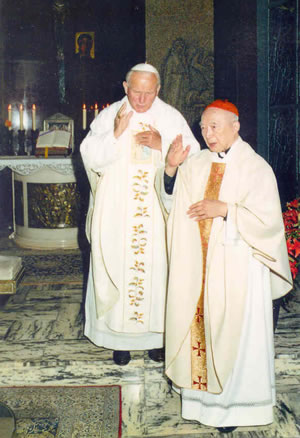





1 comment:
Very interesting post...
Post a Comment